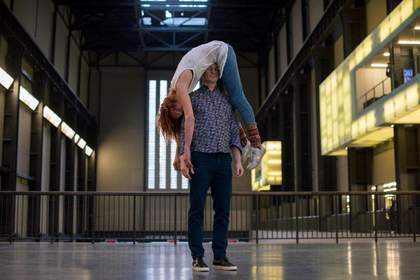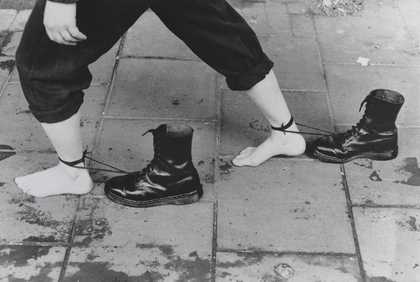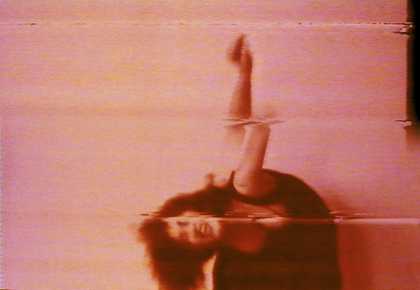If Tate Modern was Musee de la danse proposed a fictional transformation of the art museum via the prism of dance. A major new collaboration between Tate Modern and the Musée de la danse in Rennes, France, directed by dancer and choreographer Boris Charmatz, this temporary occupation, lasting just 48 hours, extended beyond simply inviting the discipline of dance into the art museum.
Instead it considered how the museum can be transformed by dance altogether as one institution overlapped with another. By entering the public spaces and galleries of Tate Modern, Musée de la danse dramatises questions about how art might be perceived, displayed and shared from a danced and choreographed perspective. Charmatz likened the scenario to trying on a new pair of glasses with lenses that opens up your perception to forms of found choreography happening everywhere.
Presentations of Charmatz’s work were interwoven with dance performances that directly involved viewers. Musée de la danse’s regular workshop format, Adrénaline – a dance floor that is open to everyone – was staged as a temporary nightclub. The Turbine Hall oscillated between dance lesson and performance, set-up and take-down, participation and party.
Manger
Manger challenges the role of the mouth and eating in choreography and dance. For this performance in the Turbine Hall, Boris Charmatz presents a dispersed performance to address the scale of the site while still offering an intimate experience of the work.
Expo Zero
Drawing on Merce Cunningham: Fifty Years (Aperture, 1997) by dance archivist David Vaughan, which charts in pictures Cunningham’s choreography over 50 years. Roman Photo invites a number of dancers, including former members of the company and amateur practitioners, to learn and perform Vaughan’s images as sped-up versions of Cunningham’s language.
Levée des conflits
Levée des conflits was first performed in 2010. For this extended version, 24 dancers performed the work continuously over several hours. Comprising 25 movements, each gesture was passed on from body to body, with one movement excluded at all times.
In response to Levée des conflits visitors were invited to learn part of the piece and perform it live.
20 Dancers for the XX Century
20 Dancers for the XX Century presented a living archive of the last 100 years of dance. Moving freely throughout the galleries, 20 dancers appropriate and share a series of acclaimed or forgotten contemporary, modern and postmodern works staged by some of the world’s most renowned dancers and choreographers.
Each performer transmits an individual history that invokes a wider, collective exploration of dance, touching not only on the discipline’s pioneers, but also figures including Charlie Chaplin and other gestural ideas, such as Krump.
Public warm-up with Boris Charmatz
At the start of each day, viewers were invited to participate in an hour long warm-up led by Boris Charmatz.



